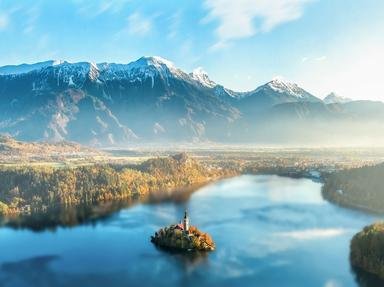
Listing Lakes Conventionally Trivia Quiz
While lakes can be salty or fresh water and vary greatly in terms of size or depth, they all are surrounded by land. Arrange the following lakes in order of size, beginning with the largest, according to the conventional (commonly accepted) list.
An ordering quiz
by ponycargirl.
Estimated time: 3 mins.